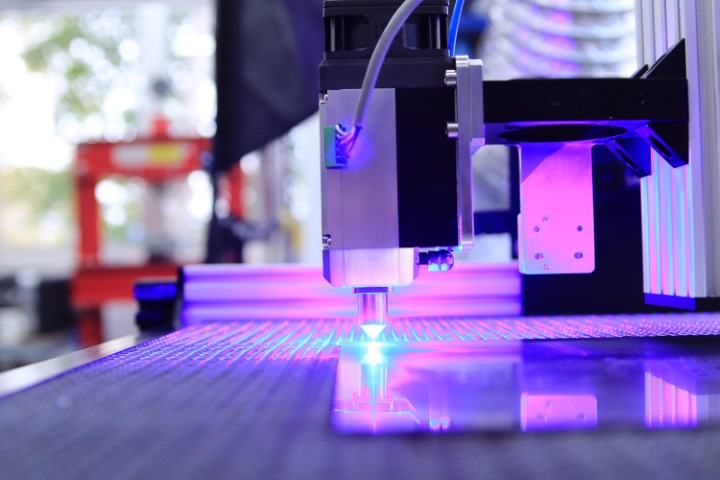The Process of Dry Etching
Dry etching, also known as Plasma etching, is the technique of blasting semiconductor material with ions to remove a masked pattern.
A plasma of reactive gases such as oxygen, boron, fluorocarbons, chlorine, and trichloride is typically used to create the ions.
Nitrogen, helium, argon, and other gases are sometimes used to remove sections of the exposed surface’s fabric.
Unlike some wet chemical etchants/reagents used in wet etching, dry etching technology etches with a constant etching rate in all directions (isotropy) or with a change in direction (anisotropy).
Dry Etching Types
The dry etching process is further classified into two types: microwave plasma etching, which occurs with excitation in the frequency of the microwave, which ranges between MHz and GHz. The second method is hydrogen plasma etching, which is a plasma etching procedure that uses gas as plasma.
Both techniques are now being utilized to treat semiconducting materials, which are employed in the manufacture of electronics.

Advantages of Dry Etching Process
Dry etching has several advantages, including automation, reduced material usage, and the flexibility to employ several etch gases with highly varying process parameters in the same tool with little to no hardware change over time.
This operation is also carried out away from the operator in the vacuum chamber, resulting in a clean industrial environment.
When compared to wet etching, dry etching (e.g., plasma etching) chemistry disposal costs less and is easier to dispose of the by-products. Some disadvantages of plasma etching include the fact that it is often a batch procedure that is carried out in a vacuum chamber.
Dry Etching Method
Dry etching technology is divided into three categories: vapor phase etching, sputter etching, and reactive ion etching.
Vapor Etching Process
The substrate is placed inside a chamber into which one or more gases are injected during the vapor etching process. During an interaction with the gas molecules, the fabric to be etched dissolves at the surface. Silicon etching with xenon difluoride (XeF2) and silica etching with fluoride (HF) are the two hottest isotropic vapor phase etching techniques.
IfSputter etching processes
Sputter etching processes are fundamentally similar to sputter deposition processes. The main distinction is that the substrate is attacked with ions instead of the fabric target used in sputter deposition. Sputter deposition is a thin film deposition technology that supports the sputtering physical vapor deposition (PVD) phenomenon. Ejecting material from a “target” (a source) onto a “substrate” is what this entails (a silicon wafer, for example).
Reactive Ion Etching
The substrate is placed within a reactor loaded with various gases during RIE. A plasma is formed in the gas mixture using an RF power source, shattering the gas molecules into ions. Ions are driven towards the surface of the substance being etched, where they react and produce new gaseous material. This is known as the chemical composition of reactive ion etching.
If you want to learn more watch this video of an example of Plasma Treatment: